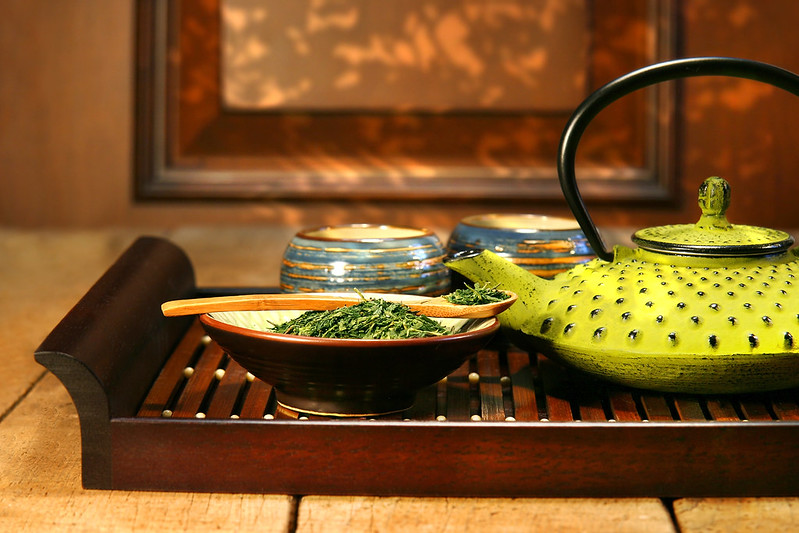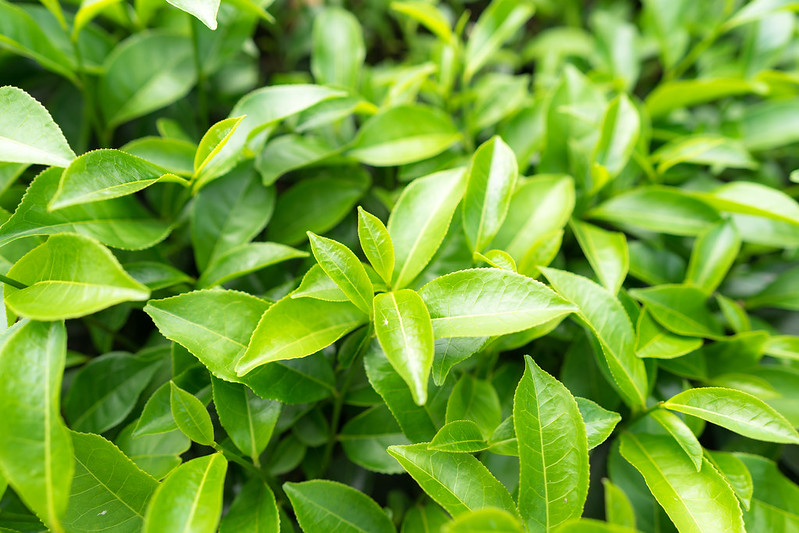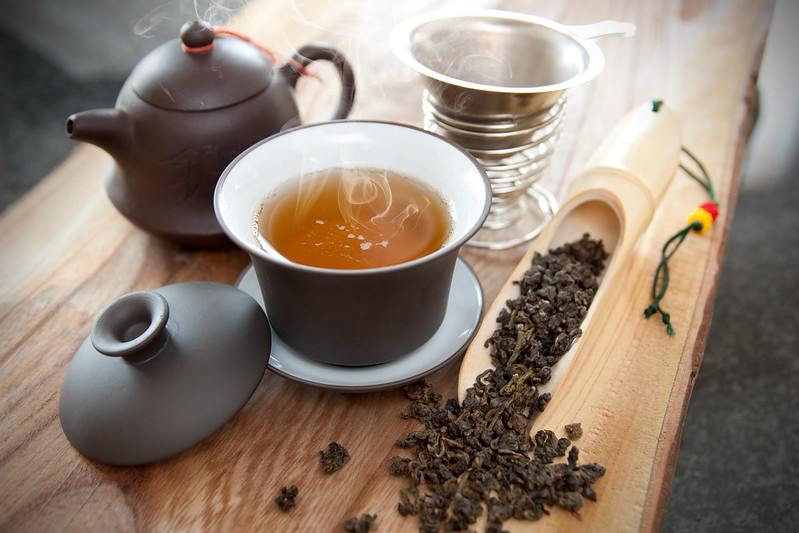
Japanese Green Tea and Oolong Tea
My fascination for tea began with a refreshing drink made by Lipton. I wanted to feel like a princess in the company of Queen Elizabeth having a cup of tea and crumpets in the afternoons, with my dolls as my ladies in waiting. I never really gave much thought to the benefits of tea and how the various kinds were meticulously cultivated.
Once, I was given a package of tea leaves by my Japanese boss when he came back from a business trip to Japan. My co-worker was also Japanese, and she probably noticed my puzzled expression when I looked at the package. She gushed that it was a special kind of tea that she remembered having in Japan.
I offered her the package of tea and said she could have it because I wasn’t much of a tea drinker, except for Lipton Tea. She was surprised at my generosity and her face immediately lit up in anticipation of being able to enjoy the beverage. She went away for a few minutes while I ran the cash register in the restaurant. When she came back, she had two steaming cups of greenish looking tea! I was used to sweet, brown iced tea, but when I tasted what she handed me, I was amazed at the simple, refreshingly clean, fragrant, and delicious green tea. I almost had the urge to take back the tea leaves I had given her. After that first taste, I was hooked.
Along with soda in the restaurant, we also had oolong tea. The cans of oolong tea sold more than the sodas, so I tried a can. I found it to have a stronger taste than green tea.
On Green and Oolong Tea
The earliest record of the history of tea in Japan dates back to 9th-century text references by a Japanese Buddhist monk. Japanese priests were sent to China as envoys to learn about Chinese culture. The priests soon returned with the habit of drinking tea. A priest named Saicho first brought tea to Japan, and Emperor Saga welcomed the growing of tea plants in the country.
Green Tea
Green tea was discovered by a Chinese monk from a tea plant called Camellia sinensis. The leaves of the plant are fermented and dried to get the desired flavor and quality of the tea. The fermentation process is the key to achieving a particular type of tea.
The tea leaves have polyphenols responsible for the creation of antioxidants in our bodies. The longer the fermentation process, the fewer polyphenols in the leaves.
Green tea fermentation involves first steaming the leaves, then fermenting them. This retains more of the polyphenols that offer so many health benefits. For example, one polyphenol is Epigallocatechin gallate (EGCG), which is responsible for repairing damaged cells of the body as well as fighting off harmful toxins. Green tea is often used in Japanese tea ceremonies.
Oolong Tea
Oolong tea means “black dragon tea” in Chinese. The fermentation of oolong tea involves partially fermenting the tea leaves, then drying them, which makes it darker and richer in flavor.
Oolong tea leaves are curly and some are balled up in the production process. Popular Japanese oolong teas are Organic Miyazaki Oolong Tea Kuchinasi and Organic Miyazaki Oolong Tea Meiryoku, a kamairi-style type of organic oolong tea produced in the islands of Miyazaki on Kyushu Island.



